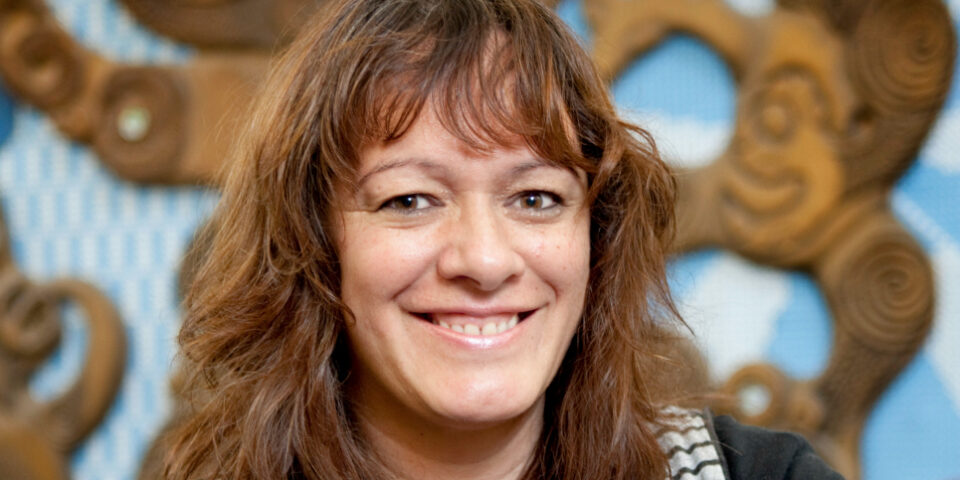It is a given that women aren’t equal to men in the Church – and any argument that brawls with this fact is a nonsense. While men are granted the exercise of ecclesiastical and managerial authority over women – that is called a patriarchy. Mormonism is without doubt a patriarchy.
But simply naming it a patriarchy ignores its additional features – because it’s not just a patriarchy. It’s a colonial patriarchy. It’s a white patriarchy. It’s a class-based patriarchy. It’s an Americentric conservative patriarchy bound to a particular economic and political order that is nearing its ‘use by’ date.
So will the ordination of women necessarily address those ideologies that have normalized a broader and more extensive suite of inequalities? I remain skeptical. Can women in Mormon power be relied upon to initiate an interrogation of all forms of marginalization and oppression? I think not – at least not by virtue of our femininity alone.
But the same can be said for all forms of oppression. Simply changing the face, the class, the colour, or the gender of unequal power structures doesn’t alter the fact of those institutional and ideological processes that gave rise to inequality in the first place. Sometimes it doesn’t matter who is in charge. If the structures of power are flawed you can put anyone into row the boat, but it won’t change the pull of the rip tide. Whoever has the oars will have to change the currents, or elicit the help of others to pull the boat into shore.
Contemporary cultural Mormonism has evolved without a robust, healthy, healing emphasis on diversity, inclusion, and social justice. Yes, it’s mostly big on kindness, charity, purity, and good manners but it is a kind of mannerliness that cracks and shatters quickly, revealing a cruel and nauseating intolerance for change, questioning, collaboration, or even raising the possibility of spiritual wickedness in high places.
Our faith experiences are kaleidoscopic and depend on more than our gender. They depend on our class, our race, our culture and a myriad of other social and human conditions. Asking for power to be expanded sideways doesn’t necessarily mean that our spiritual lives will be automatically and collectively expanded to incline us toward unraveling oppressive power structures. It doesn’t necessarily mean that poor brown and black women will be represented in the galleries of LDS leadership. It doesn’t necessarily mean that poor white, brown and black children will be fed. It doesn’t necessarily mean that our diverse cultures, conditions, and practices will be included as we seek to create a global Mormon religious identity that eclipses an American religious imperial culture. It doesn’t necessarily mean that we will better clothe the naked, feed the hungry, give shelter to the weary, take in the unwanted, relieve the plight of the oppressed, care for the elderly or hear the voices of the unpopular. It doesn’t even necessarily mean that bursts of colour and light will fill the night air as we join together in a symphony of high spiritual feeling.
Ordaining women could mean very little in the grand scheme of things. Or it could be the great symbol of hope for women, and men across the world. Hope that a corporate behemoth can change, that core values can be questioned, that institutional power can be contested, and that ultimately ALL will find the Church of Jesus Christ of Latter-day Saints a magnanimous and empowering home wherein we can sing of Zion with glorious belief.
Notwithstanding, I will be there – with hope.
This is an excerpt from Gina’s original post, which she wrote about her perspective before attending Ordain Women’s April 5th action. Please read the full post here. Gina self-identifies as a KiwiMormon and hails from New Zealand.






